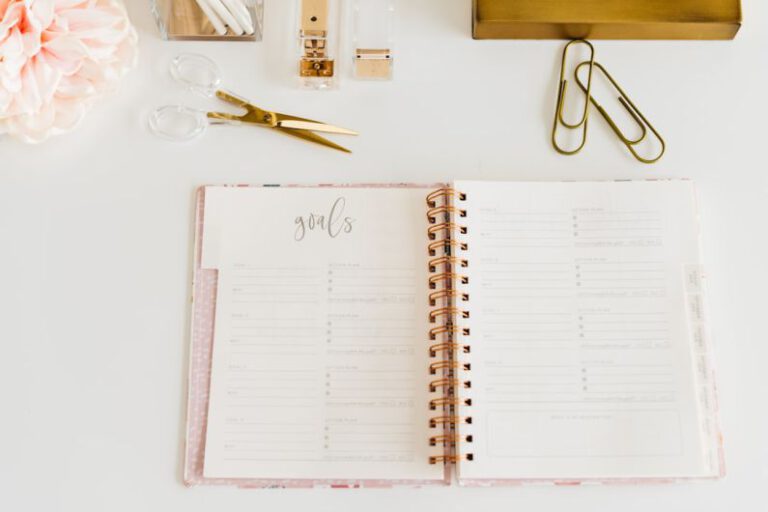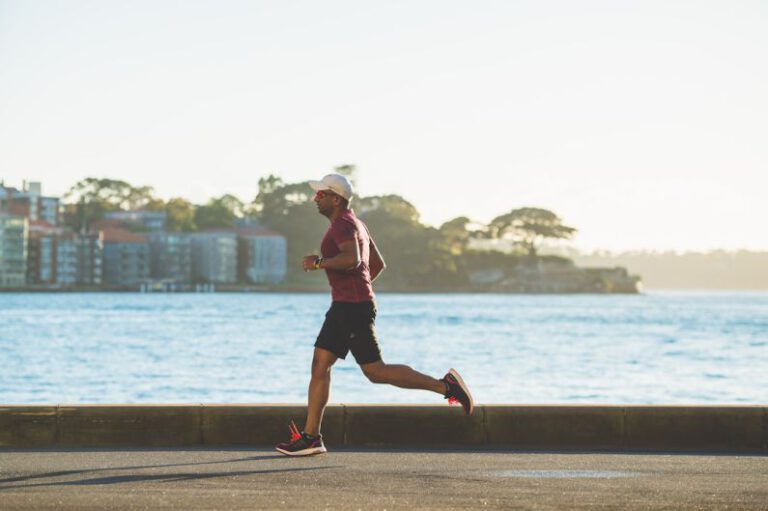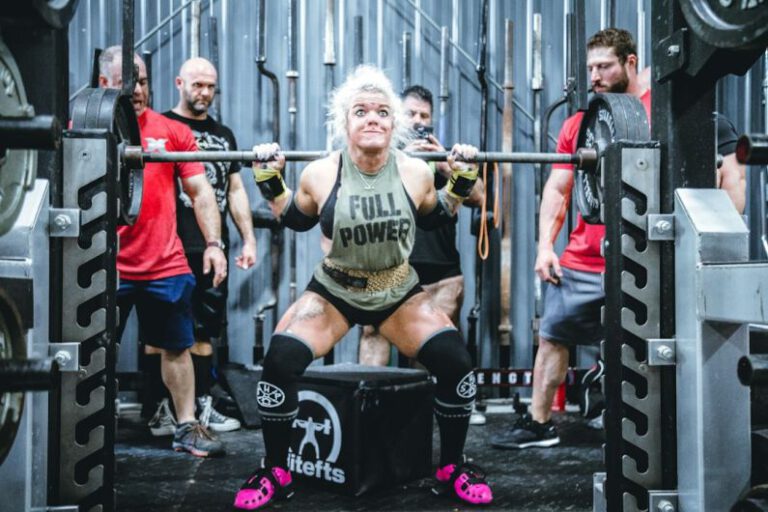How to Incorporate Rest Days into Your Routine
Rest Days: The Key to Optimal Performance and Recovery
In a world that glorifies hustle culture and constant productivity, the concept of rest days often gets overlooked or dismissed as a sign of laziness. However, incorporating regular rest days into your routine is crucial for overall well-being, performance, and recovery. It is essential to strike a balance between pushing your limits and allowing your body and mind to rest and rejuvenate. Let’s explore how you can effectively integrate rest days into your schedule to maximize your results and lead a healthier, more sustainable lifestyle.
Listen to Your Body
One of the fundamental principles of incorporating rest days into your routine is listening to your body. Your body sends signals when it needs rest, such as persistent fatigue, soreness, decreased performance, or even an increased risk of injury. Ignoring these signs and pushing through can lead to burnout and long-term consequences. Pay attention to how your body responds to your training or work routine and be willing to adjust and take a break when needed.
Quality Over Quantity
It’s a common misconception that more is always better when it comes to training or work. However, overloading your schedule with constant activity can hinder your progress and lead to diminishing returns. Instead of focusing on the quantity of your efforts, prioritize the quality of your work or training sessions. By allowing yourself regular rest days, you give your body and mind the opportunity to recover fully, leading to improved performance and productivity when you return to your regular routine.
Types of Rest Days
Rest days come in various forms, and it’s essential to understand the different types to optimize your recovery and performance. Active rest days, for example, involve engaging in low-intensity activities such as stretching, yoga, or light walking. These activities help promote blood flow, mobility, and recovery without putting additional stress on your body. Passive rest days, on the other hand, involve complete rest and relaxation, allowing your body to recover fully from intense training or work. By incorporating both types of rest days into your routine, you can strike a balance between recovery and maintenance of your fitness or productivity levels.
Mindfulness and Self-Care
Incorporating rest days into your routine is not just about physical recovery but also about mental and emotional well-being. Mindfulness practices such as meditation, deep breathing exercises, or simply taking time to relax and unwind can help reduce stress levels and improve your overall mental clarity and focus. Self-care activities such as reading a book, spending time in nature, or enjoying a leisurely hobby can also contribute to your overall well-being and make your rest days more enjoyable and fulfilling.
Plan and Prioritize Rest
Just as you schedule your work or training sessions, it’s essential to plan and prioritize your rest days. Mark them on your calendar, set boundaries, and communicate your rest day plans with others to ensure that you have dedicated time for relaxation and recovery. By treating rest days with the same importance as your active days, you can create a more sustainable and balanced routine that supports your long-term goals and well-being.
Embrace the Benefits of Rest
Rest days are not a sign of weakness or lack of dedication but a crucial component of a successful and sustainable routine. Embrace the benefits of rest, such as improved recovery, reduced risk of injury, enhanced performance, and overall well-being. By incorporating rest days into your schedule and making them a priority, you can optimize your results, maintain your motivation, and lead a healthier, more fulfilling lifestyle.
Incorporating rest days into your routine is not only about taking a break but also about respecting and caring for your body and mind. By listening to your body, prioritizing quality over quantity, exploring different types of rest, practicing mindfulness and self-care, planning and prioritizing rest, and embracing the benefits of rest, you can create a balanced and sustainable routine that supports your overall well-being and success. Remember, rest is not a luxury but a necessity for achieving your goals and living a healthy, fulfilling life.






